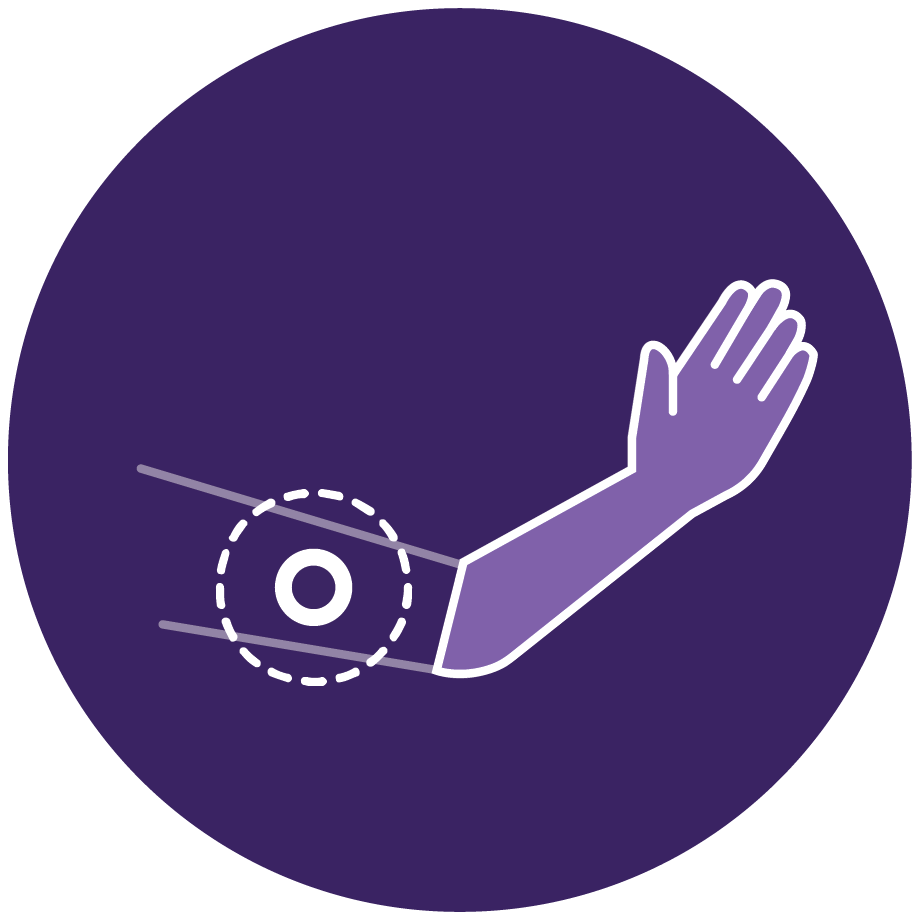How is Pain Managed?
Pain is usually managed with either prescribed or over the counter pain medicine.
During hand therapy appointments, the therapist will teach recipients pain management techniques to help the healing process with as little discomfort as possible.
What is Tissue Healing?
On each recipient’s transplanted hand/arm, a surgical scar will form around the upper limb where the transplanted hand/arm was attached to the residual limb.
After surgery, the medical team will closely monitor the wound.
The hand therapist will discuss strategies for taking care of the surgical wound to ensure proper healing.
Healthcare providers will check your wound frequently to make sure that the hand/arm transplant is healing properly, and to check for infection.¹
What is Nerve Healing?
During hand/arm transplant surgery, nerves re-grow and connect the transplanted hand to the residual arm.
Hand/arm transplant recipients commonly feel nerve pain while the nerves heal and grow.²
Nerve pain commonly feels like pins and needles, tingling, and/or stabbing.
Nerves heal slowly. Studies show that nerves can grow and heal for years after surgery.
It is estimated that nerves grow about 1 millimeter per day, or about 1 inch per month.³
What Happens to Phantom Limb Pain After Transplantation?
Phantom limb pain is the feeling a person experiences in a limb that is physically no longer part of the body.
In one study, 6 of 6 hand/arm transplant recipients reported that their phantom limb pain entirely went away. For some, their phantom limb pain went away immediately after surgery—for others, the phantom limb pain went away more gradually, during the first year after surgery.⁴




